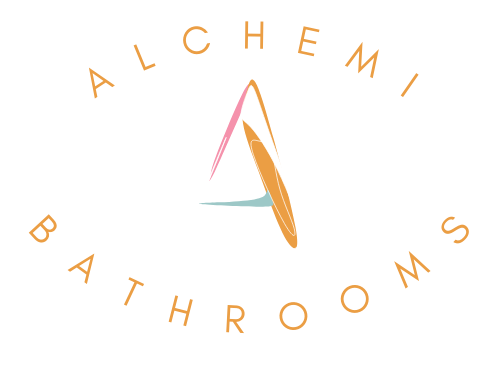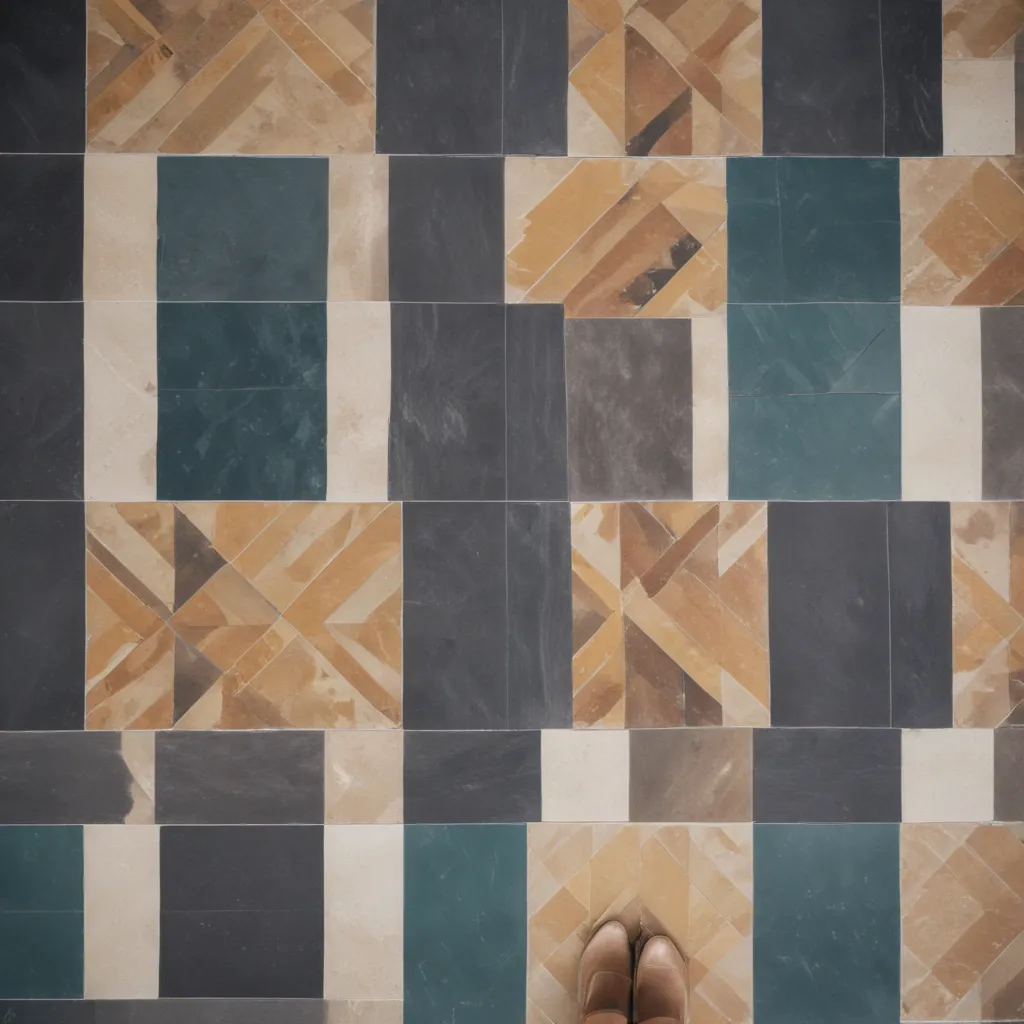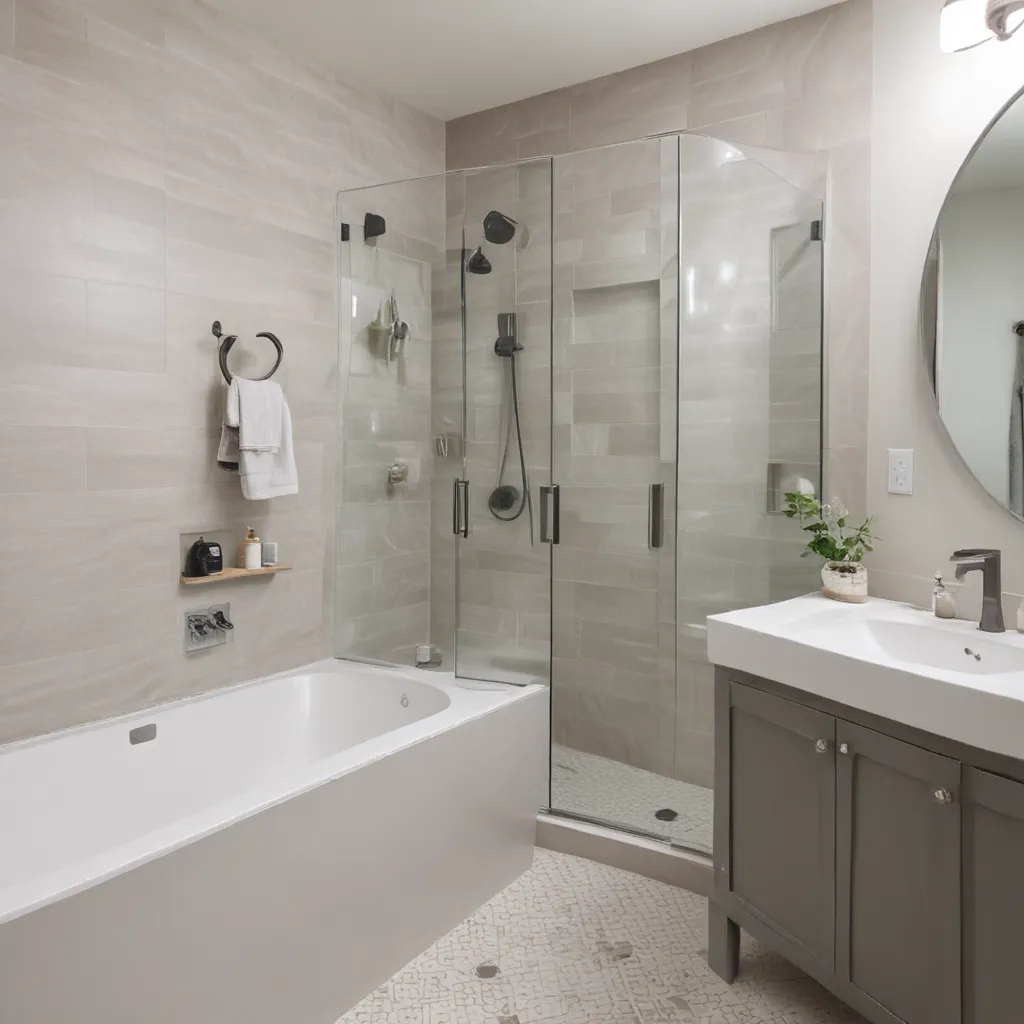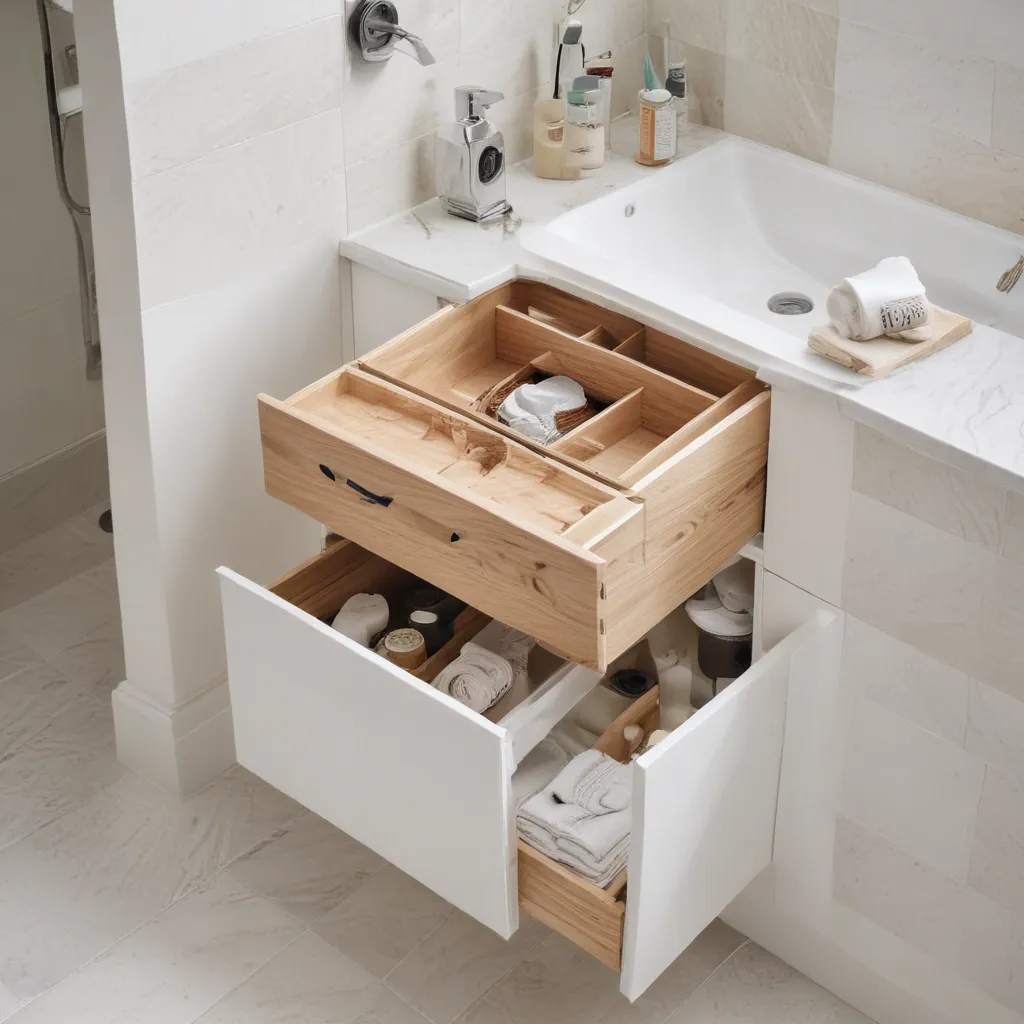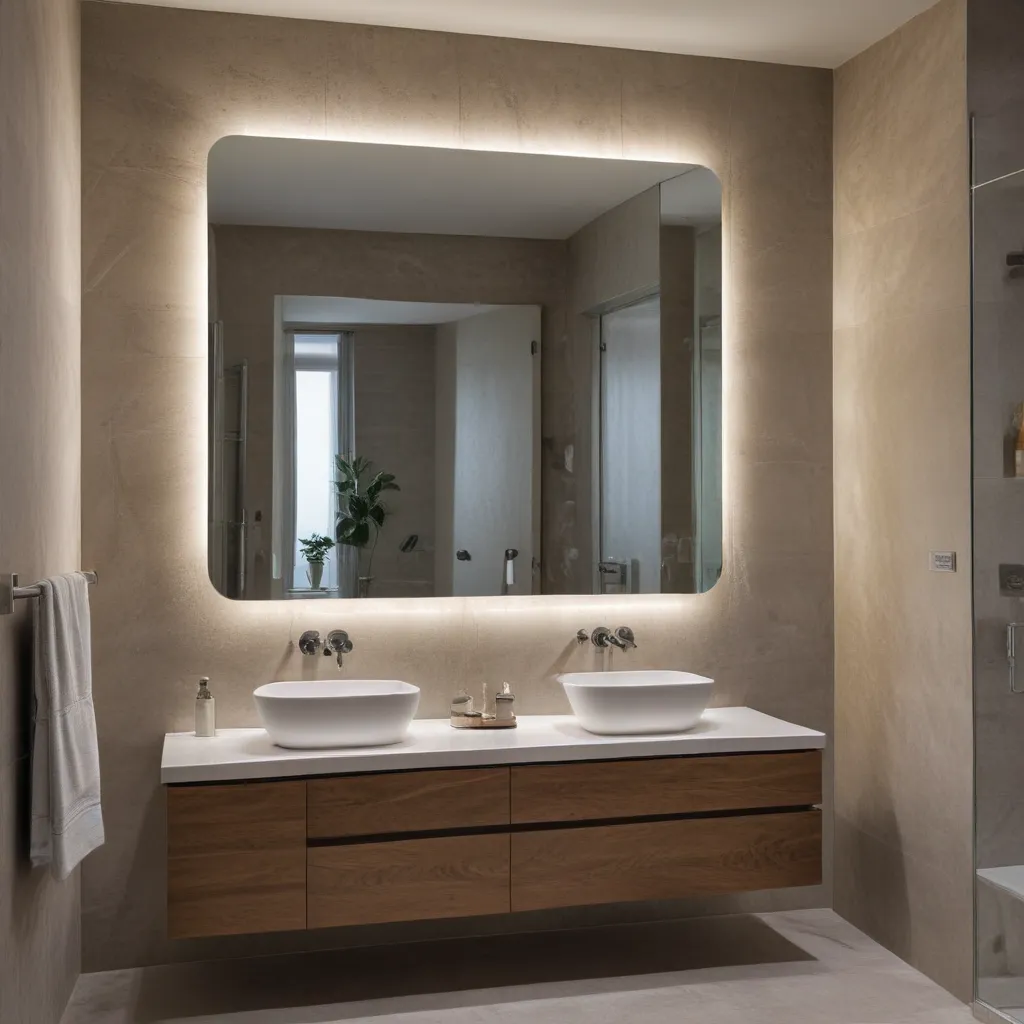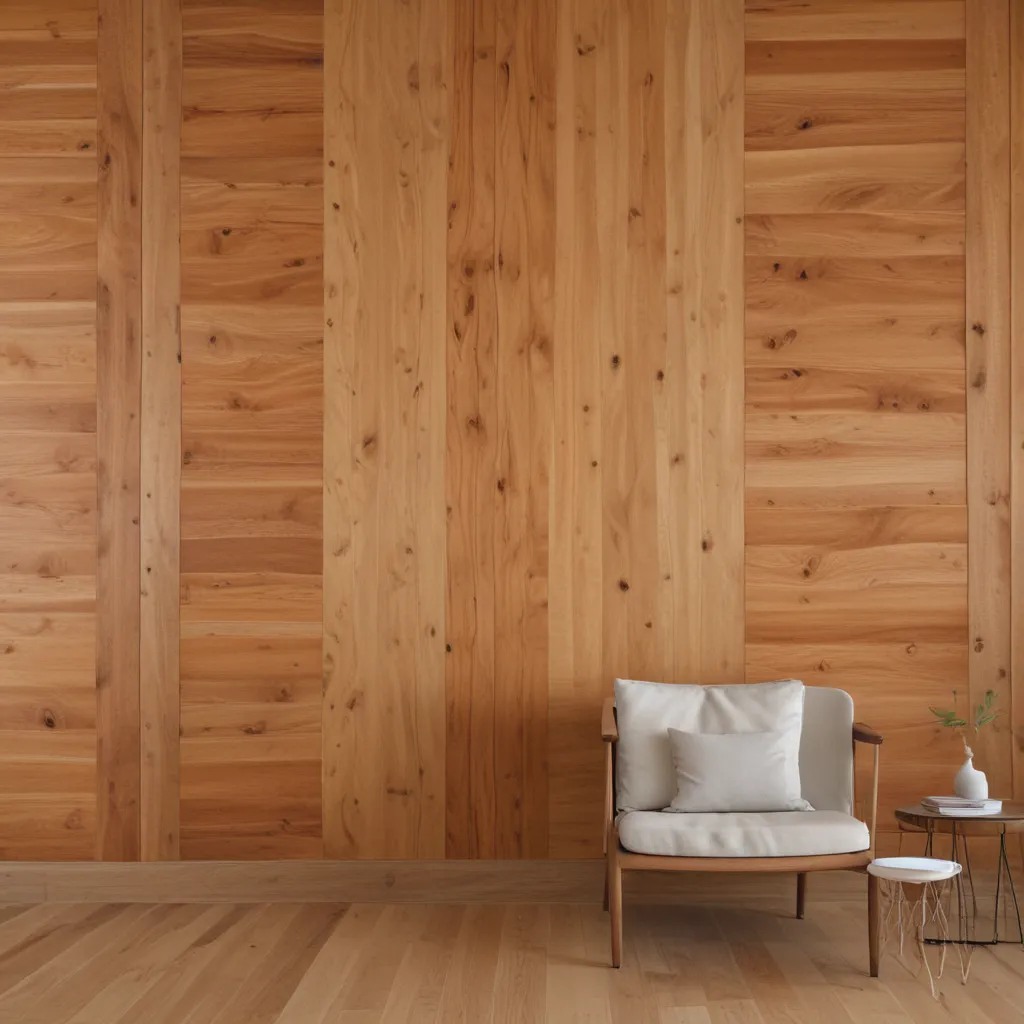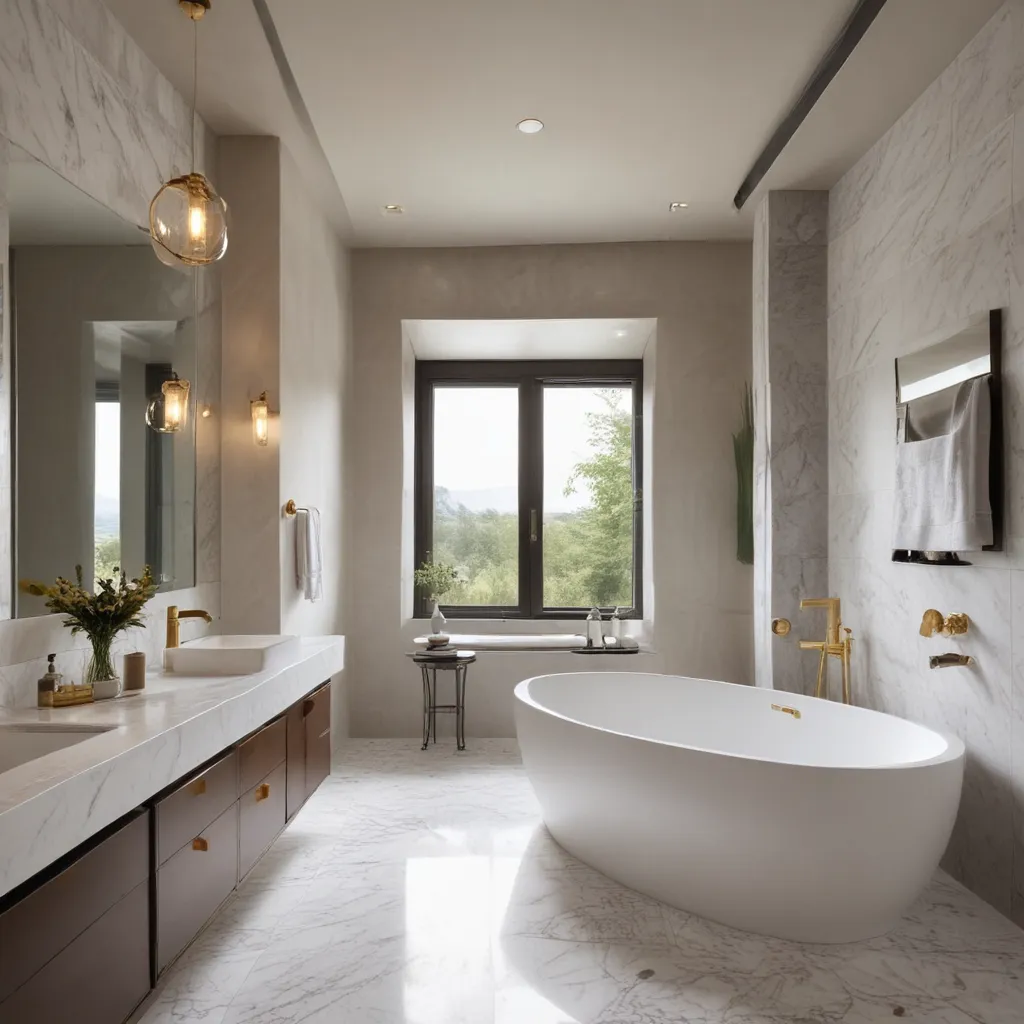
Bathrooms Become Spa-like Sanctuaries
In the ever-evolving world of home design, the humble bathroom has undergone a remarkable transformation. No longer just a functional space, the modern bathroom has emerged as a sanctuary of luxury and self-care. As we step into 2023, the design trends for these personal retreats are nothing short of inspiring.
Gone are the days of clinical white tiles and sterile fixtures. Today’s homeowners are craving bathrooms that exude warmth, comfort, and a touch of indulgence. The new mantra? “Relax, recharge, and reflect.” And the designers have answered the call, upping the ante with exceptional spaces that pamper the senses.
Embracing Nature’s Embrace
One of the standout trends for 2023 is the embrace of natural materials and earthy tones. Say goodbye to the monotonous all-white bathrooms of the past and welcome the soothing tranquility of warm woods, rich marbles, and soothing neutrals. [1] As Lindye Galloway, an interior designer, aptly notes, “The all-white look is beginning to fade out more and more. People will still take the essence of lighter tones but lean toward taupe, cream, light pinks and warmer woods to balance spaces.”
This organic aesthetic isn’t just easy on the eyes; it also fosters a sense of connection to the great outdoors. Imagine stepping into your bathroom and feeling like you’ve been whisked away to a secluded spa, surrounded by the calming embrace of nature. It’s a design choice that not only elevates the visual appeal but also soothes the soul.
Shower Power: The New Focal Point
In the realm of bathroom design, the spotlight has shifted from the traditional tub to the shower. Industry experts agree that 2023 is the year of the elevated shower experience. [2] Think expansive walk-in showers, multiple showerheads, and even built-in seating for a truly indulgent bathing ritual.
“While modern standalone tubs have been trending for several years, I have clients requesting removal of their large unused built-in tubs and reclaiming that space,” shares Michele Youell, an NKBA member and designer behind Natural Domain Interiors. “Instead, that area is being repurposed for other trending bath design elements, such as expanded showers or bathroom linen closets.”
But it’s not just about functionality; these shower sanctuaries are becoming works of art. Designers are incorporating stunning tile work, accent lighting, and even natural elements like pebbled floors to create a visually captivating experience. It’s no longer just about getting clean; it’s about immersing oneself in a spa-like oasis, right in the comfort of your own home.
The Rise of Personalization
As homeowners strive to create spaces that truly reflect their unique personalities, the bathroom has become a canvas for self-expression. [3] Designers are reporting an increased demand for custom-designed vanities, bold color palettes, and even statement lighting fixtures that elevate the space beyond its practical purpose.
“The new statement bathroom of today is not a statement. It’s a refuge to recharge, refuel and reflect,” poses Brian Brown, a designer from San Diego. This sentiment echoes the growing trend of bathrooms as sanctuaries, where homeowners can indulge in their personal style and create a truly bespoke experience.
Whether it’s a dramatic black-and-white palette, a vibrant burst of color, or a seamless blend of natural textures, the bathrooms of 2023 are anything but generic. Homeowners are embracing their individuality, and designers are rising to the challenge, crafting spaces that truly feel like an extension of their client’s unique style.
Sustainability Takes Center Stage
As the world becomes more conscious of its environmental impact, the bathroom design industry is responding in kind. [4] Homeowners are now prioritizing sustainable materials, energy-efficient fixtures, and eco-friendly practices when it comes to their bathroom makeovers.
“Sustainability trends will continue in the bathroom with the most popular areas being energy efficient lighting, floor heating, paints, and stains,” says Tanna Edler, NKBA-certified interior designer and owner of TANNA BY DESIGN.
From LED lighting and tankless water heaters to FSC-certified cabinetry and VOC-free paints, the bathrooms of 2023 are not only stunning but also responsible. Homeowners are becoming more conscious of their environmental footprint, and designers are rising to the occasion, delivering spaces that are as beautiful as they are sustainable.
Embracing Warm, Cozy Tones
In a world that has become increasingly fast-paced and uncertain, homeowners are craving a sense of comfort and warmth in their personal spaces. [5] This yearning for coziness has made its way into the bathroom design trends of 2023, with a shift towards warmer, more inviting color palettes.
“Warm tones add more interest and uniqueness to a space while maintaining a contemporary yet warm and inviting atmosphere,” explains Claudia Afshar, an international interior and product designer. “These hues evoke a sense of comfort and style. Additionally, warm tones can complement various design styles, offering versatility and flexibility.”
Gone are the days of stark whites and cool grays; in their place, we’re seeing the rise of rich earth tones, soothing beiges, and cozy Browns. These warmer shades not only create a sense of tranquility but also lend a touch of sophistication to the space.
Conclusion
As we step into the new year, the bathroom design trends of 2023 promise to redefine the way we experience these personal sanctuaries. From the embrace of natural materials and earthy tones to the elevated shower experience and the rise of personalization, these design choices reflect a growing desire for luxury, self-care, and a deeper connection to our surroundings.
Whether you’re planning a complete bathroom overhaul or just seeking to incorporate a few fresh elements, these trends offer a wealth of inspiration. So, get ready to indulge in a spa-like oasis, right in the comfort of your own home, and let your bathroom become a true reflection of your unique style and wellbeing.
References
[1] Decorilla. (2023). Bathroom Trends 2023: 10 Looks to Steal This Year. Retrieved from https://www.decorilla.com/online-decorating/bathroom-trends-2023/
[2] Good Housekeeping. (2023). The Biggest Bathroom Trends of 2023, According to Designers. Retrieved from https://www.goodhousekeeping.com/home/decorating-ideas/g41959146/bathroom-trends-2023/
[3] Forbes. (2023). The Top Bathroom Design Trends For 2023. Retrieved from https://www.forbes.com/home-improvement/bathroom/bathroom-designs-trends/
[4] Heartland Builders. (2023). Luxury Bathroom Design Trends for 2023. Retrieved from https://theheartlandbuilders.com/luxury-bathroom-design-trends-for-2023/
[5] House Beautiful. (2023). 7 Bathroom Trends That Are Going To Be Big In 2023. Retrieved from https://www.housebeautiful.com/uk/decorate/bathroom/a42306993/bathroom-trends/
